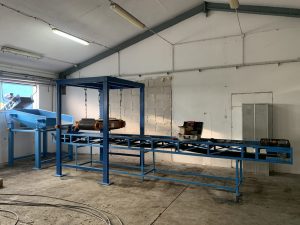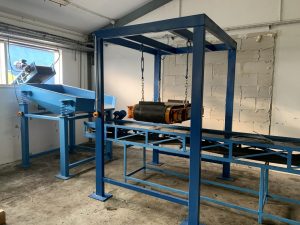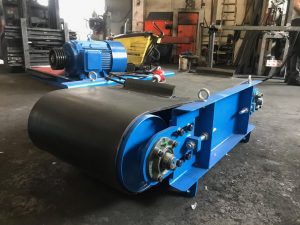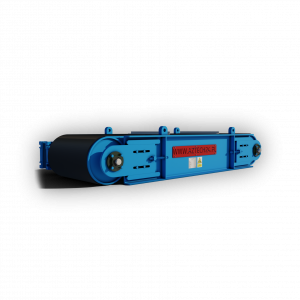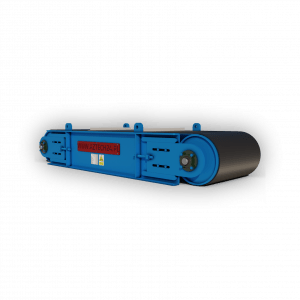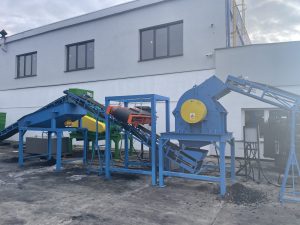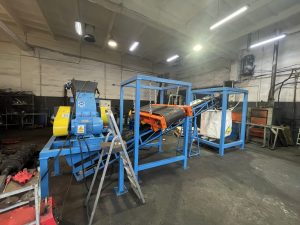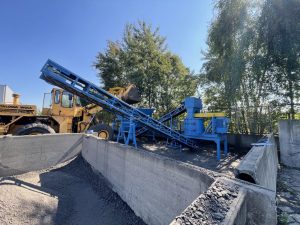Over-belt magnetic separator - what is it?
The over-belt magnetic separator is a type of device intended for removing metallic impurities from transported materials by means of a belt conveyor Such functionality makes this class of machines very widely used, inter alia, in metal recycling, mineral raw materials, ceramics, plastics, chemical industry, as well as agriculture.
Features of over-belt separators
Over-belt separators differ chiefly in the type of magnet on which the design is based. In the vast majority of cases, these are neodymium magnets. Admittedly, neodymium magnets are characterised by a smaller range (approx. 300 mm); on the other hand, they are much more precise, which makes them suitable for separating small metals; while their lightweight design makes them an excellent supplement to mobile separators.
Operating principle of magnetic separators
The magnetic separator is suspended directly above the belt conveyor in such a manner as to provide a magnetic field of sufficient strength and range. At the same time, the safety of the working environment is taken into account.
During operation, the machine surface is cleaned continuously by means of a discharge belt. As a result, it is possible to remove large quantities of metal parts in a fully automated manner.
The devices available in our offer are equipped with a reliable drive and high-grade bearings, which guarantees reliability and readiness for continuous operation over many working hours.
Depending on the application, separators are produced in many different sizes and shapes. Their type and size is adapted to the specific belt conveyor in question.
Customised magnet type
A number of factors need to be considered when determining the size and power of the magnet. First and foremost, the width of the belt conveyor and the thickness of the layer of material on it are taken into account.
The basic principle is that the effectiveness of a magnetic separator is greater the closer it is located to the raw material. It is also important that the width of the device is as close as possible to that of the belt conveyor.
Obviously, the type of product to be processed is also equally important – the procedure for separating metal components from biomass is much less demanding than that for metallurgical waste or coal in the power plants.

